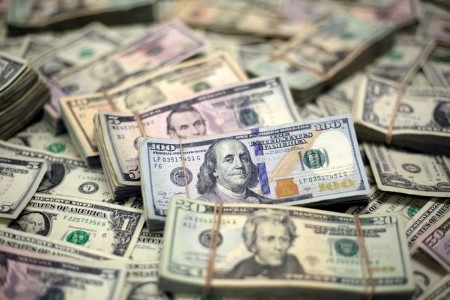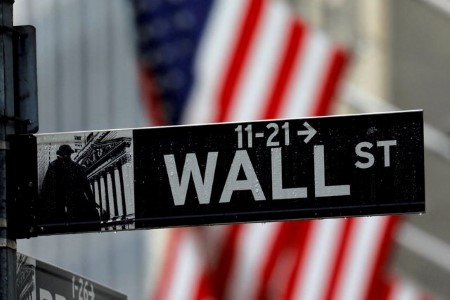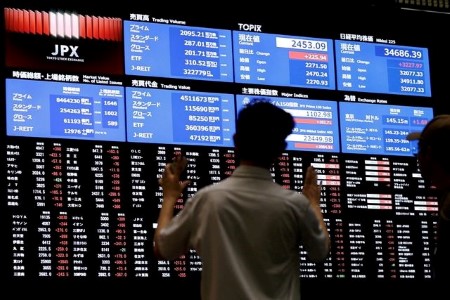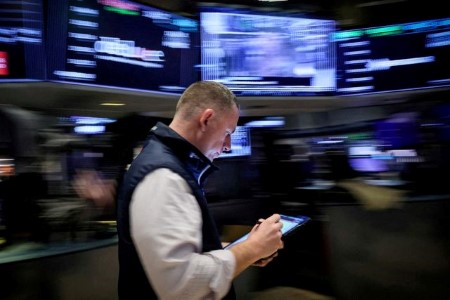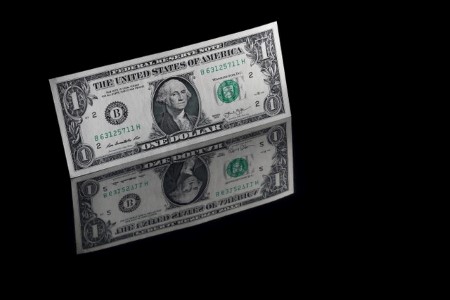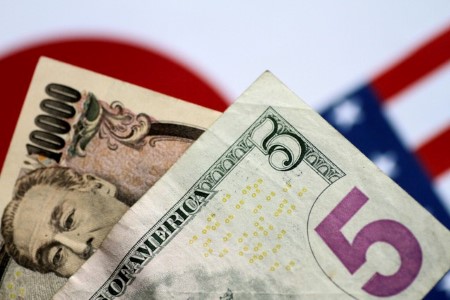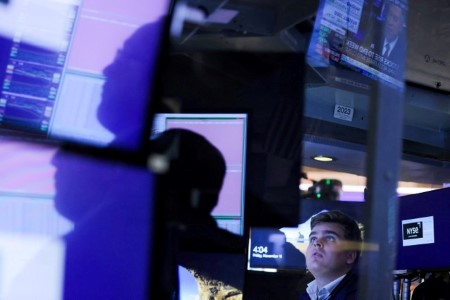NEW YORK – The dollar softened against the yen on Tuesday and was weaker against a basket of its peers in calmer trading, as markets await US inflation data that could indicate the outlook for Federal Reserve interest-rate cuts.
Dollar/yen weakened after data showed US producer prices increased less than expected in July as a rise in the cost of goods was tempered by cheaper services, indicating that inflation continued to moderate. Treasuries rallied, pushing yields lower after the PPI report.
The more closely watched consumer price index report on Wednesday will also help guide the Fed’s interest-rate policy.
“Today’s PPI release has definitely been taken as promising news for markets,” said Helen Given, associate director of trading at Monex USA. “Traders are treating this as sort of a prelude to tomorrow’s CPI, which markets have been bracing for as a possible volatility event after last month’s reading showed prices actually went down.”
Currency markets have been rocked by a sharp rally in the yen since July that has prompted – and been driven by – an unwinding of a popular investment strategy called the carry trade and contributed to a slide in stocks.
Yet, with the dollar down 0.35% against the yen at 146.71, markets on Tuesday appeared to be over the worst of the recent turbulence.
The yen slid to 38-year lows in July as investors piled into the carry trade, in which they borrow yen in Japan where interest rates are low, then sell it for other currencies to buy higher-yielding assets elsewhere.
A number of factors, particularly a surprise rate hike by the Bank of Japan and expectations of US rate cuts due to a slowing labor market, have combined to reverse the carry trade stampede, leaving the yen up around 8% since mid-July.
Government sources told Reuters on Tuesday that Japan’s parliament plans to hold a special session on Aug. 23 to discuss the central bank’s decision last month to raise rates.
“The market wants to test what the appetite is for it to go higher. The reality is the rate spread between US and Japan is still going to be very wide,” said Amo Sahota, director, Klarity FX.
“The market has been oversold very quickly, but now it’s trying to get itself back to neutral. I think it’s treading very carefully, dipping their toes back into the water again, and seeing what the current is like.”
The dollar index fell 0.5% to 102.56, with the euro up 0.61% at USD 1.0999.
POUND PERKS UP
Sterling rose 0.81% to USD 1.2869, with data earlier in the session showing the UK’s jobless rate fell to 4.2% in June from 4.4% in May, defying economists’ expectations of a slight rise. Job vacancies declined while wage growth slowed.
Low survey response rates have recently caused investors and economists to put less weight on Britain’s labor market data.
“Last weekend’s panic spiral around the potential for a hard landing looks at this point like it was quite overblown, and markets look to be moving back toward stability,” Given said. “Any downside surprise on CPI, as we got this morning on PPI, is likely to have a greater effect on USD and move the buck into further negative territory.”
(Reporting by Laura Matthews in New York; additional reporting by Harry Robertson in London, Wayne Cole in Singapore; Editing by Sam Holmes, Sharon Singleton, Susan Fenton, Paul Simao, and Rod Nickel)







 DOWNLOAD
DOWNLOAD




